Nature is the original engineer. Long before humans built machines or programmed AI, evolution had already solved some of the trickiest design challenges. Now, scientists and tech developers are finally catching up—by copying nature’s homework.
This practice is called biomimicry, and it’s behind some of the coolest tech out there today. From robots that walk like animals to materials that heal themselves, here are 10 times tech borrowed straight from the natural world.
1. Bullet Trains Modeled After Bird Beaks

Japan’s famous Shinkansen bullet trains used to make loud booms when exiting tunnels. The solution? Engineers redesigned the nose based on the kingfisher’s beak—a bird that dives silently into water.
The new design reduced noise and made the trains faster and more energy-efficient. One small tweak from nature led to a huge leap forward in high-speed travel.
2. Gecko-Inspired Climbing Tech
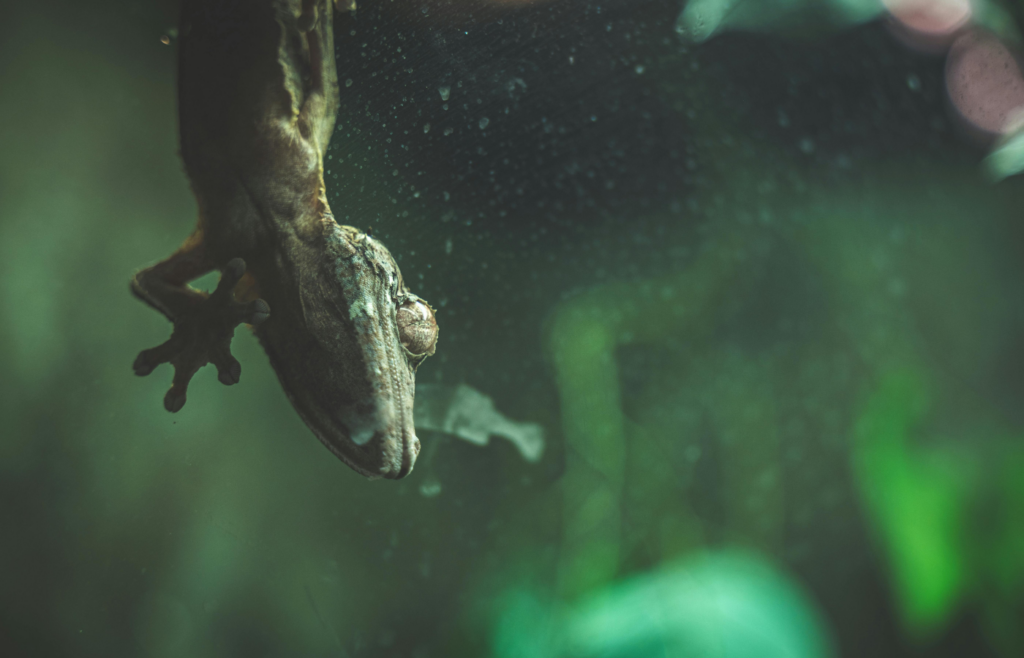
Geckos can walk up walls and across ceilings thanks to microscopic hairs on their feet. Scientists studied this and created adhesives that grip surfaces without glue—just like a gecko.
These materials are now used in everything from climbing gear to space tools. No residue, no mess, just serious sticking power straight from nature.
3. Shark Skin Helps Stop Germs
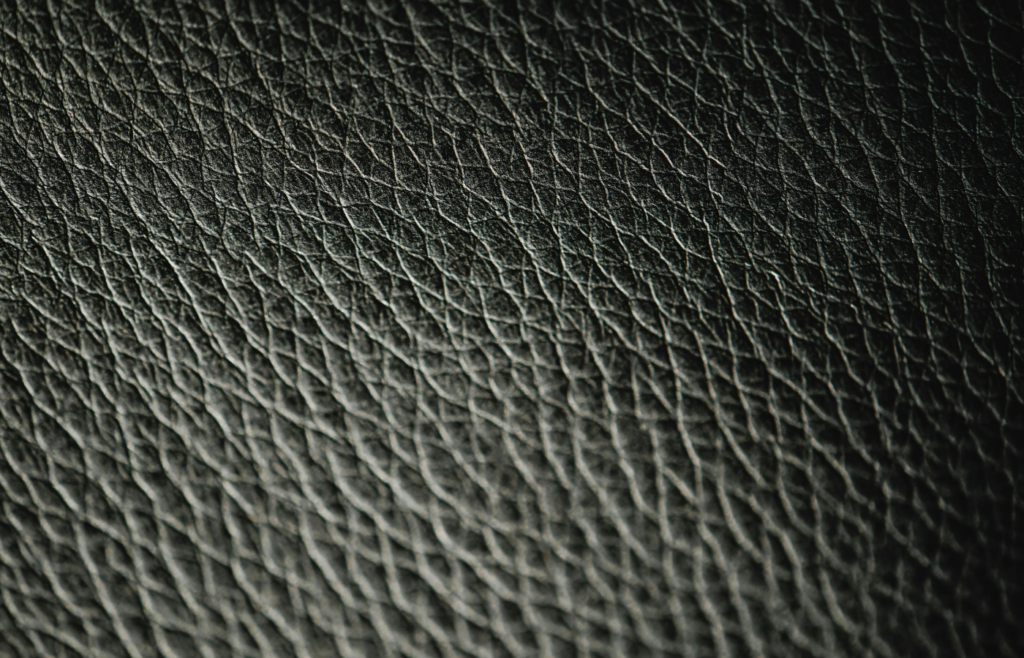
Shark skin has tiny scales that prevent bacteria from sticking. Inspired by this, researchers developed materials for hospital surfaces and swimsuits that resist microbes and reduce drag.
It’s being used in places where hygiene is critical—like surgical rooms and high-traffic public spaces—proving sharks are more than just predators; they’re bioengineers too.
4. Bee Flight Inspired Drone Design
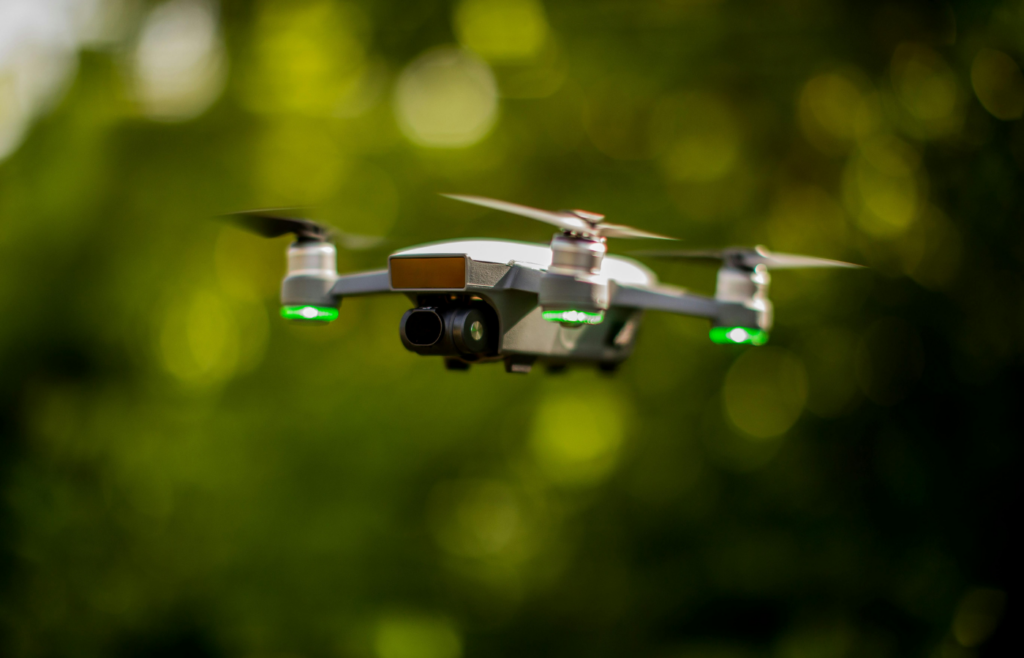
Bees fly using short, rapid wing strokes in a figure-eight motion that generates lift—no mystery involved. This efficient flight pattern has inspired the design of agile micro-drones that need to hover and navigate tight spaces.
Now, many drones use similar wing mechanics to stay steady in the wind and navigate tight spaces. It turns out that nature had nailed drone flight long before we built the first quadcopter.
5. Velcro Came From Burrs

Velcro was invented after a Swiss engineer noticed how burrs clung to his dog’s fur. Under a microscope, he saw tiny hooks that latched onto loops—just like fabric fibers.
That observation led to one of the most useful fasteners in modern life. Nature’s annoying little seed pod turned into a multi-billion-dollar invention.
6. Butterfly Wings Inspire Color Without Pigment
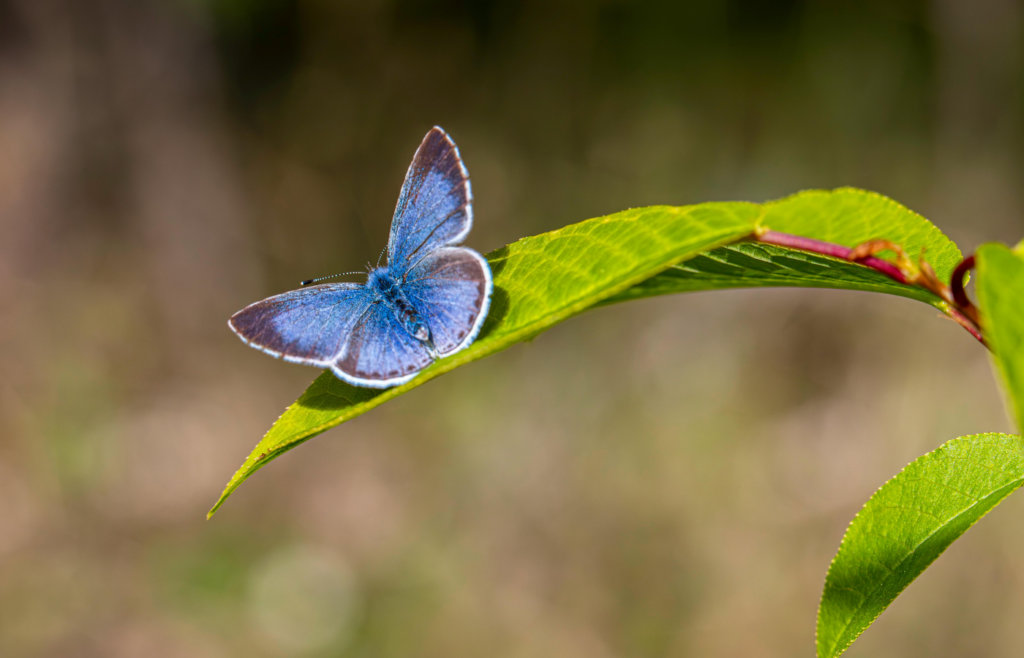
Some butterflies have wings that shimmer with color—but not because of dye. Their wings use microscopic structures to bend light, creating vivid hues without any pigment.
Scientists are mimicking this trick to create color in screens, textiles, and even eco-friendly paints that never fade. All thanks to nature’s light show.
7. Whale Fins Make Wind Turbines More Efficient
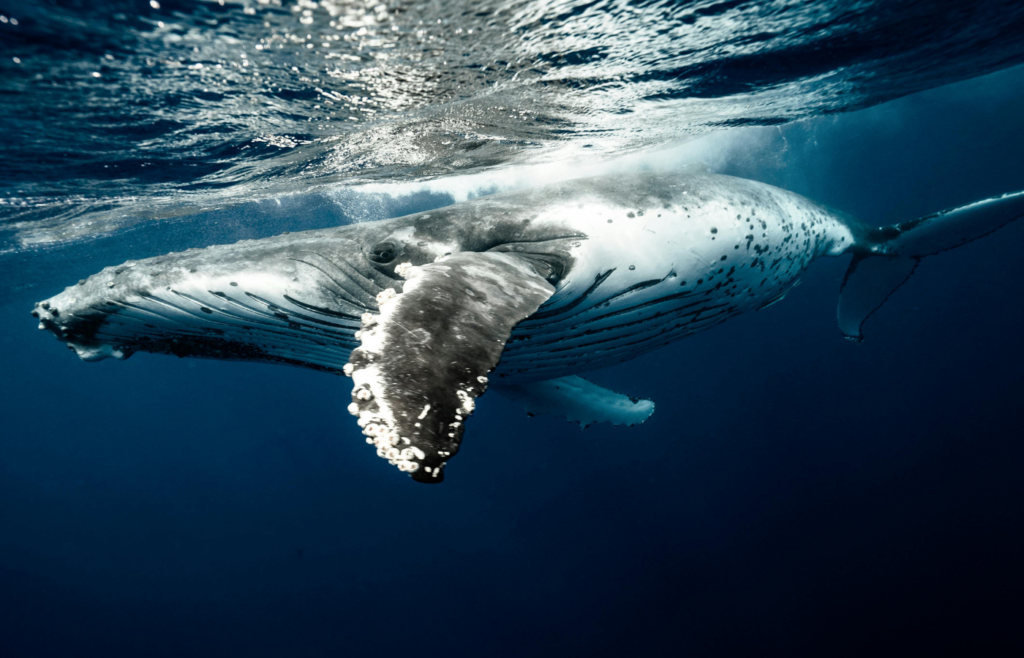
Humpback whales have bumpy ridges on their fins that help them move gracefully through water. Engineers added similar ridges to wind turbine blades—and saw a big jump in efficiency.
The bumps reduce drag and increase lift, helping turbines capture more wind energy. Once again, nature’s design beats human expectations.
8. Lotus Leaves Taught Us How to Repel Water

Lotus leaves stay clean and dry thanks to their super-hydrophobic surface. Water—and dirt—just rolls off. Scientists copied this to make self-cleaning glass, waterproof coatings, and dirt-resistant fabrics.
It’s a natural defense that tech turned into an everyday convenience, from rain jackets to solar panels.
Read More: Augmented Reality Glasses: Are They Finally Worth It?
9. Spider Silk Is Stronger Than Steel
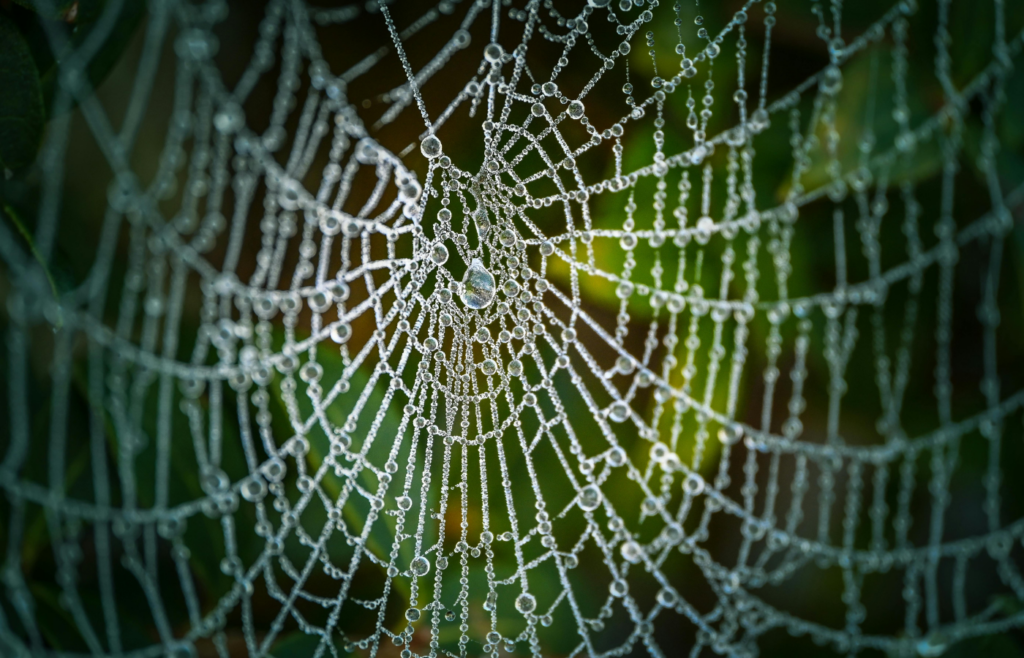
Spider silk is incredibly light and stronger than steel by weight. Researchers are working on synthetic versions for medical stitches, bulletproof vests, and next-gen fabrics.
The challenge? Recreating it outside a spider’s body isn’t easy. But with the help of genetic engineering, lab-grown silk is getting closer every year.
Read More: Haptic Feedback & AI Assistants: The Future of Wearable Gadgets in Everyday Life
10. Fish Schools Teach Us How to Prevent Crashes
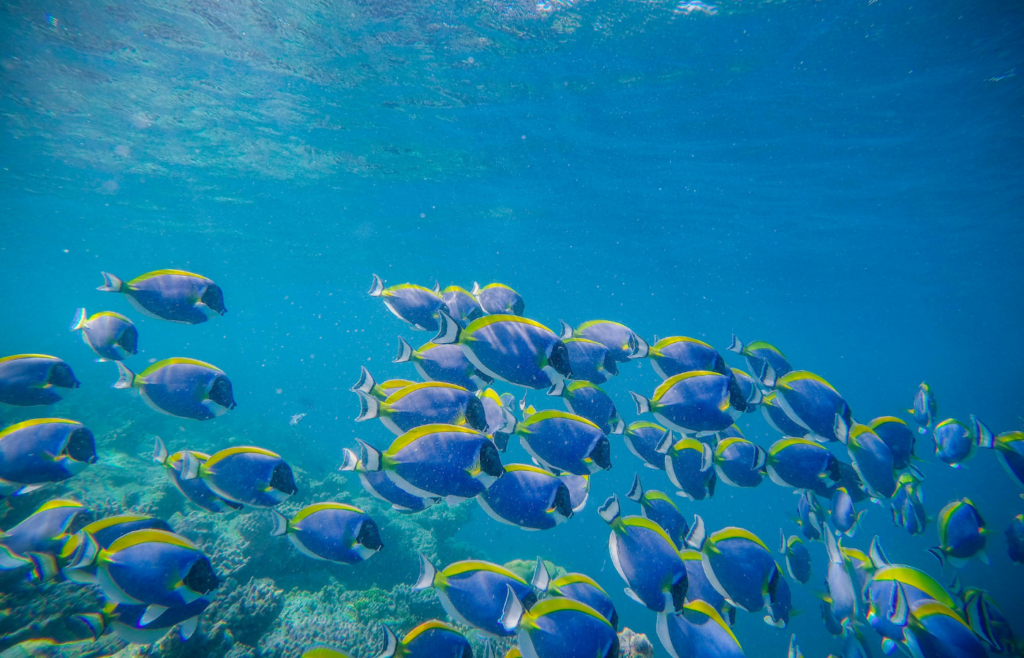
Fish move in tight groups without bumping into each other—thanks to quick reflexes and constant micro-adjustments. Engineers study this behavior to improve self-driving cars, drone swarms, and traffic systems.
By copying how fish avoid collisions, we’re building tech that can do the same at high speed. It’s crowd control, perfected by the sea.
Nature’s been running R&D for millions of years. Now, we’re finally catching on—and catching up.
Read More: 10 Discontinued Tech Products That We Still Miss Today

